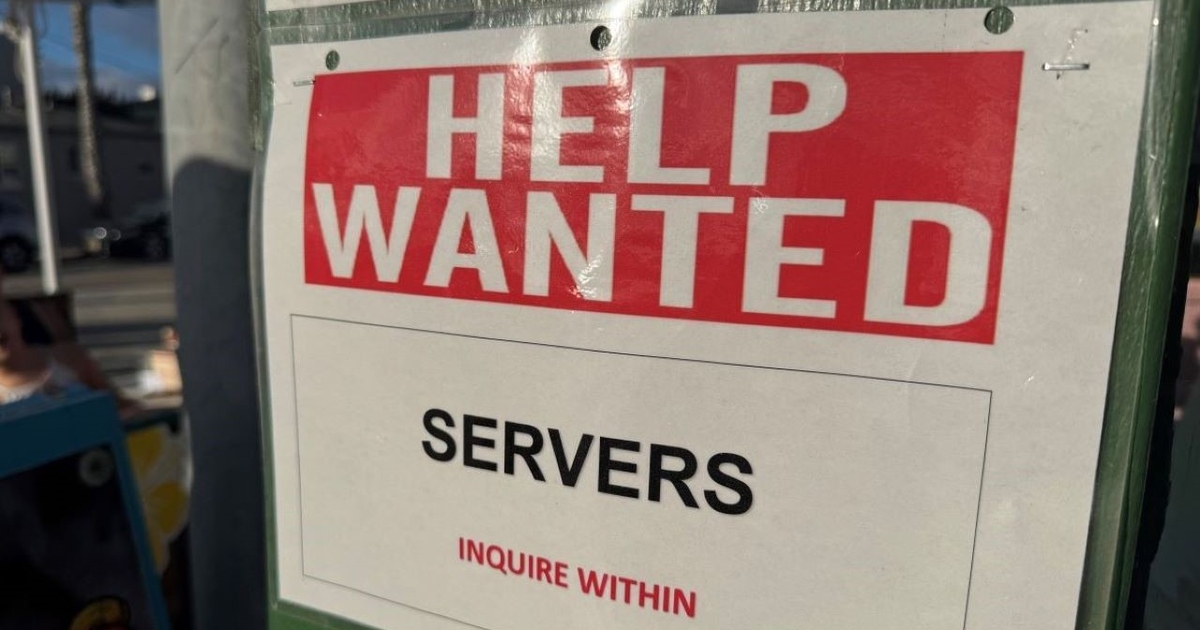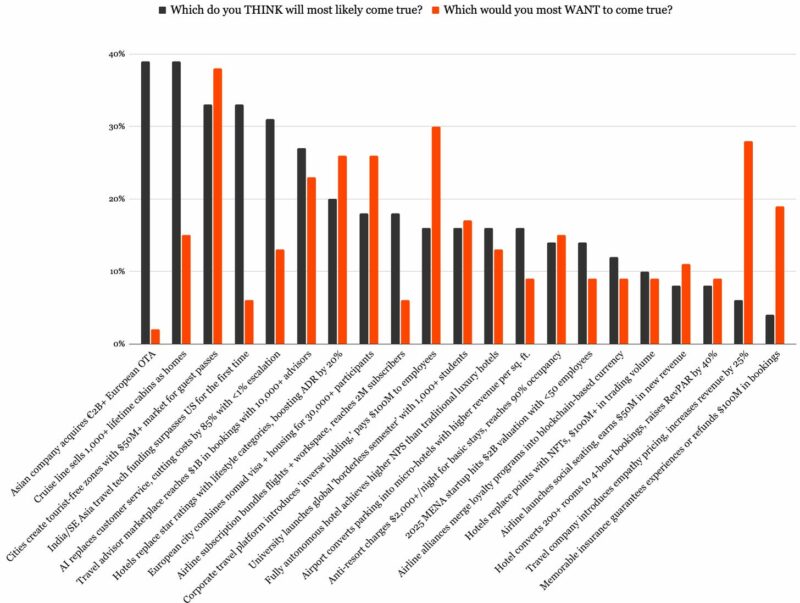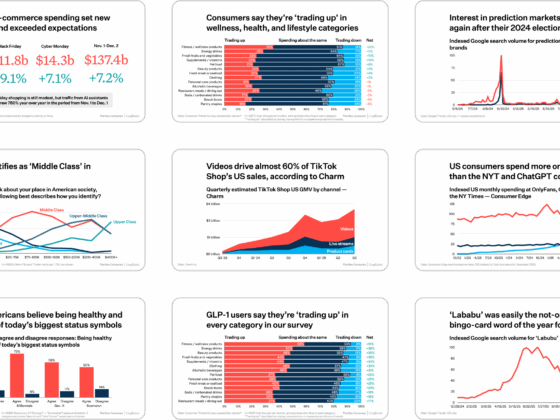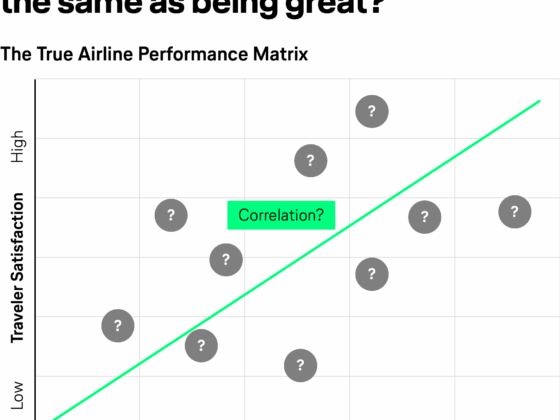
The August jobs report released on Friday morning indicated a significant slowdown in hiring, with just 22,000 total positions added during the month. Throughout the past four months, 107,000 net new jobs have been added, versus the first four months of 2025, in which 491,000 jobs were added.
The unemployment rate rose to 4.3% last month, marking a 13-month high.
According to data from the Bureau of Labor Statistics, the leisure and hospitality sector gained 28,000 roles in August, with eating and drinking establishments specifically adding 11,000 jobs. Hospitality was the second strongest sector in August, behind private education and health services, helping to offset big losses in professional and business services, federal government, state government, and manufacturing.
Overall, the private sector added 38,000 jobs, while government employment declined by 16,000.
Notably, Friday’s report comes on the heels of another BLS report earlier this week showing that U.S. job openings fell to a 10-month low in July, and that there are now more unemployed people than job openings for the first time since 2021.
The sharp slowdown in hiring could have major implications for discretionary spending, impacting the restaurant industry directly. The industry has been contending with negative traffic for nearly two years because of increasingly frugal consumers reining in their dining-out occasions as menu prices remain elevated. Lingering inflation and a slowing job market have also impacted consumer sentiment, which is down more than 14% compared to last year, according to research from the University of Michigan.
Several restaurant companies, including McDonald’s, have recently flashed warning signals about consumer behavior.
“Re-engaging the low-income consumer is critical as they typically visit our restaurants more frequently than middle- and high-income consumers,” McDonald’s chief executive officer Chris Kempczinski said during the company’s earnings call last month. “This bifurcated consumer base is why we remain cautious about the overall near-term health of the U.S. consumer.”
Lower-income consumers, he added, have pulled back their restaurant visits by double digits in recent months and he expects this trend to continue throughout the rest of the year. New Bank of America data supports his forecast, noting that a widening gap has opened between spending and wage growth of lower-income households and other cohorts.
Earlier this week, Kempczinski said on CNBC’s Squawk Box that we are in “kind of a two-tiered economy. If you’re upper income, earning over $100,000, things are good. What we see with middle and lower-income consumers is actually a different story. They’re under pressure.”
Operators are also feeling the pressure as restaurant labor costs remain well above historical levels. According to the National Restaurant Association, salaries and wages represent a median of 36.5% of sales in 2024 among full-service operators, while salaries and wages represent a median of 31.7% of sales among limited-service operators. This is compared to 33% and 28%, respectively, from 2010, 2013, and 2016.
Contact Alicia Kelso at [email protected]







